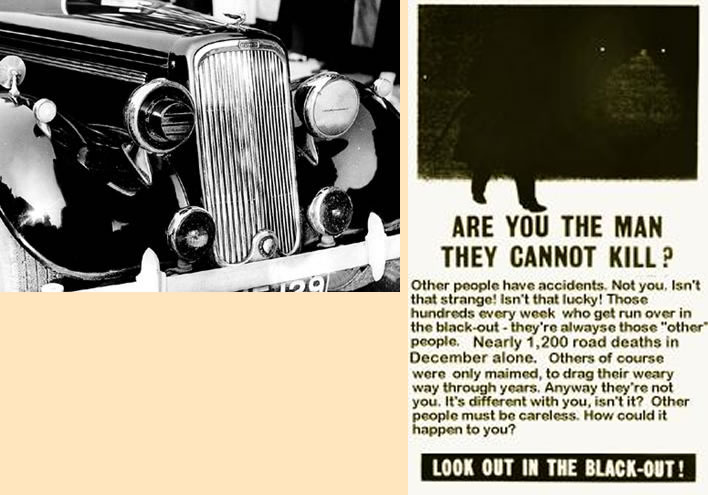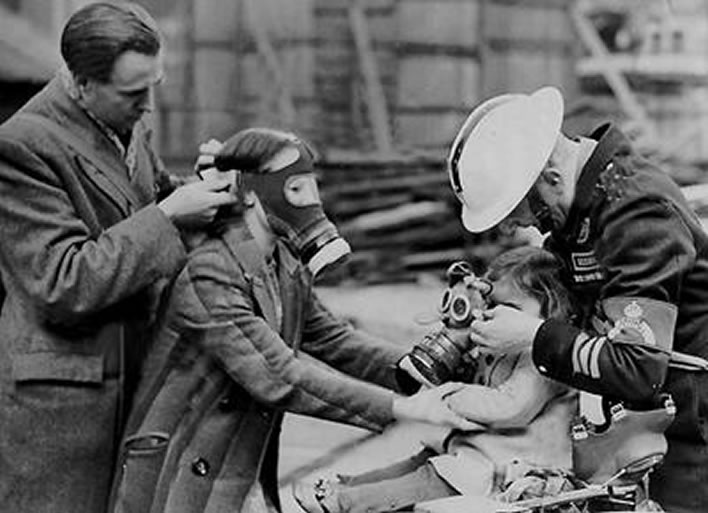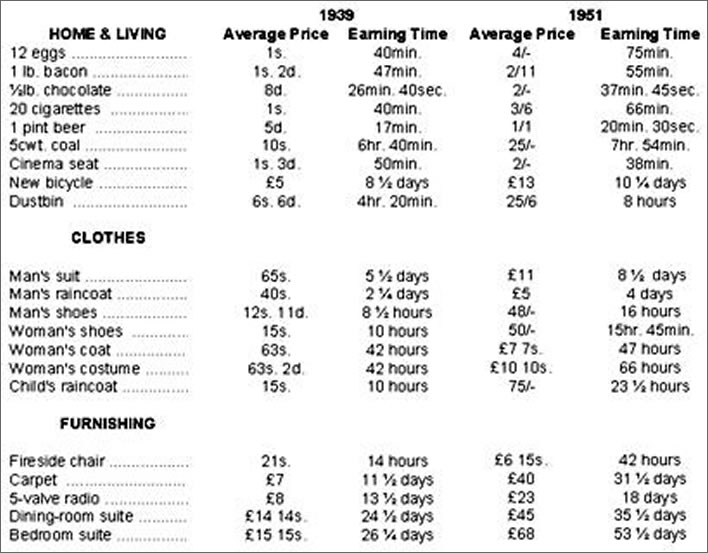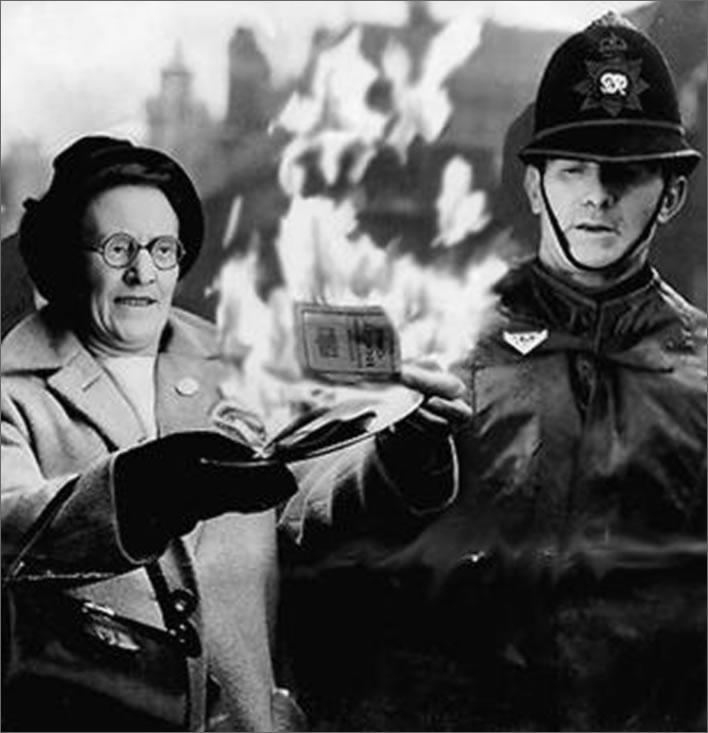Blacking out for Britain
Posted by Austin Morris on UTC 2020-07-16 16:32 Updated on UTC 2020-07-18
During most of World War II the British government imposed and enforced a strict blackout policy. The population as a whole accepted the need for this even though, examined rationally, the regulations were nonsensical.
The high level of acceptance of the directive reflected the general public acceptance that the blackout would be effective in countering bombing attacks. The common people could see the sense of the directive – it seems a reasonable assumption that if you don't illuminate yourself, aircraft won't drop bombs on you.
The blackout was also a measure that caused little serious disruption to people's lives; there was thus no reason for the individual not to conform. Then as now there were self-righteous snitches who amused themselves complaining about cracks of light that were hardly visible at ten feet, let alone ten thousand, but generally the ruling was adhered to.
My father was a policeman in an urban conurbation in Britain during the war and told me that he never had problems with blackout troublemakers – burglars operating under cover of friendly darkness were the problem for the beat bobby. There were also more traffic accidents caused by driving around in the dark, with pedestrians and cyclists being the usual victims. The blackout was not without its social cost.

Motor vehicle blackout technology from 1939 and a public information advertisement warning of its dangers: 'Nearly 1,200 road deaths in December alone'.
This high level of compliance came not just from the supposed idealism of the 'Good Old Days' or any wartime spirit, but from a general acceptance and ease of implementation of the rules.
How different things would have been then had we had today's access to contrarian opinions a.k.a the internet and social media.
Some retired pilot would point out that domestic lighting played almost no part in night-time navigation. Aircraft followed rivers, railways and roads to their targets. If the night was so black or obscured that the navigators could not see such landmarks, then domestic glimmers would be of no use either. Bombing missions would only be dispatched when the visibility was good, in other words.
There would be blog posts by armchair experts which pointed out that most bomb dropping missed its target, that most bombs were effectively strays and that each hit on a strategic target seemed to be accompanied by half a dozen other bombs that missed. Then the wrong targets – entire towns or districts – were often bombed in error. Bomber Command, accepting that precision bombing was a contradiction in terms, changed to the broad brush approach of area or carpet bombing. The dim glow from the houses in the crescent and the square made no difference whatsoever to the outcomes under either tactic.
The usual satirists and mockers would emerge. They would point out that, given the general lack of accuracy in bombing, a forty-watt bulb shining from a window was not realistically ever going to lead to the arrival of a 1,000-lb. bomb down the chimney. Of course the bomb might land a few miles away on the house that was blacked out, but hey… that's life (or death) for you.
Some extreme humorists might even suggest that it would be best to light up the urban areas as much as possible, so that bombers would have a better chance of hitting their strategic targets and not just killing by accident civilians on housing estates in the darkness. If the government tried to argue that the docks were more valuable than a few thousand civilians – now, that would be a bracing breeze of truth for once.

Gas masks: one of the many wartime impositions on a worried people. At least people only had to carry one around everywhere, not wear the damn thing all the time when out of doors.
In the face of this spirit of rational enquiry by the no longer gullible population, the government then would do exactly what it does today – and what it did then, just in case. It enforced the directives with police and ARP wardens, magistrates imposed exemplary fines and punishments and the government suppressed the spread of contrarian opinions by making it unpatriotic or subversive to disseminate views which cast doubt on the official position, even in the pub. No newspaper or broadcaster would even mention such subversive thoughts.
Nothing has changed, except that we have that grumblers' paradise, the internet, these days. It is, at the moment, the serf's only hope.

The most detested imposition of the wartime government was rationing. The same brainless thought processes which created the wartime blackout brought rationing into being. It was supposed to stabilise prices, stop profiteering and ensure a fair distribution of scarce resources. As any free-market economist will tell you, its staggering inefficiences did nothing of the sort, as this price table from the 1951 UK election suggests. Admittedly, this list also reflects a more general economic mismanagement by the same geniuses who imposed rationing.

A 'Photoshop fail' from 1951 expressing the housewives' anger at the hated ration card, still obligatory years after the war had ended, and the policeman's shock at such rebelliousness in a no longer quite so docile populace. The wartime police had as much fun chasing down blackout denialists and blackmarketeers as today's police do chasing down 'COVIDIOTs'.
Update 18.07.2020
Added images and captions. Improved the menu illustration.
0 Comments UTC Loaded:
Input rules for comments: No HTML, no images. Comments can be nested to a depth of eight. Surround a long quotation with curly braces: {blockquote}. Well-formed URLs will be rendered as links automatically. Do not click on links unless you are confident that they are safe. You have been warned!